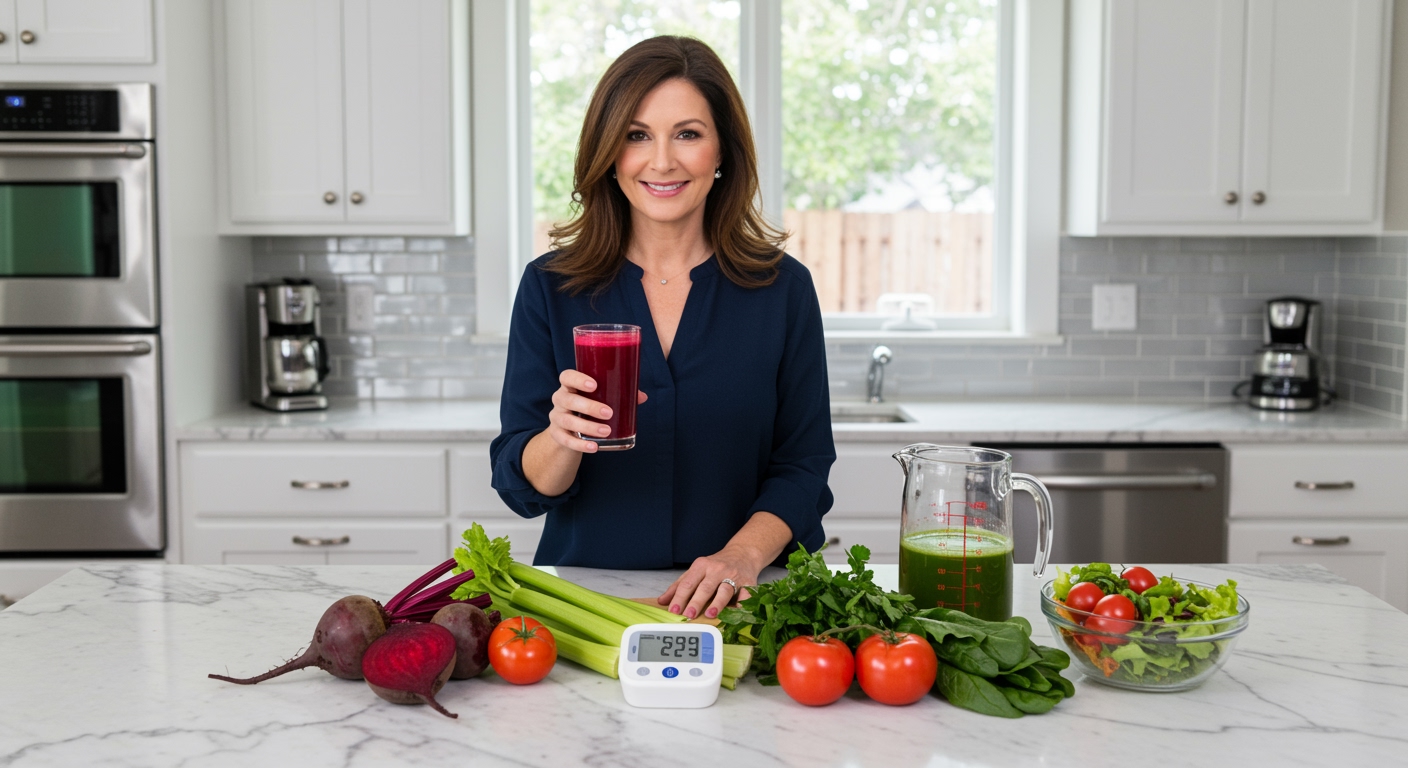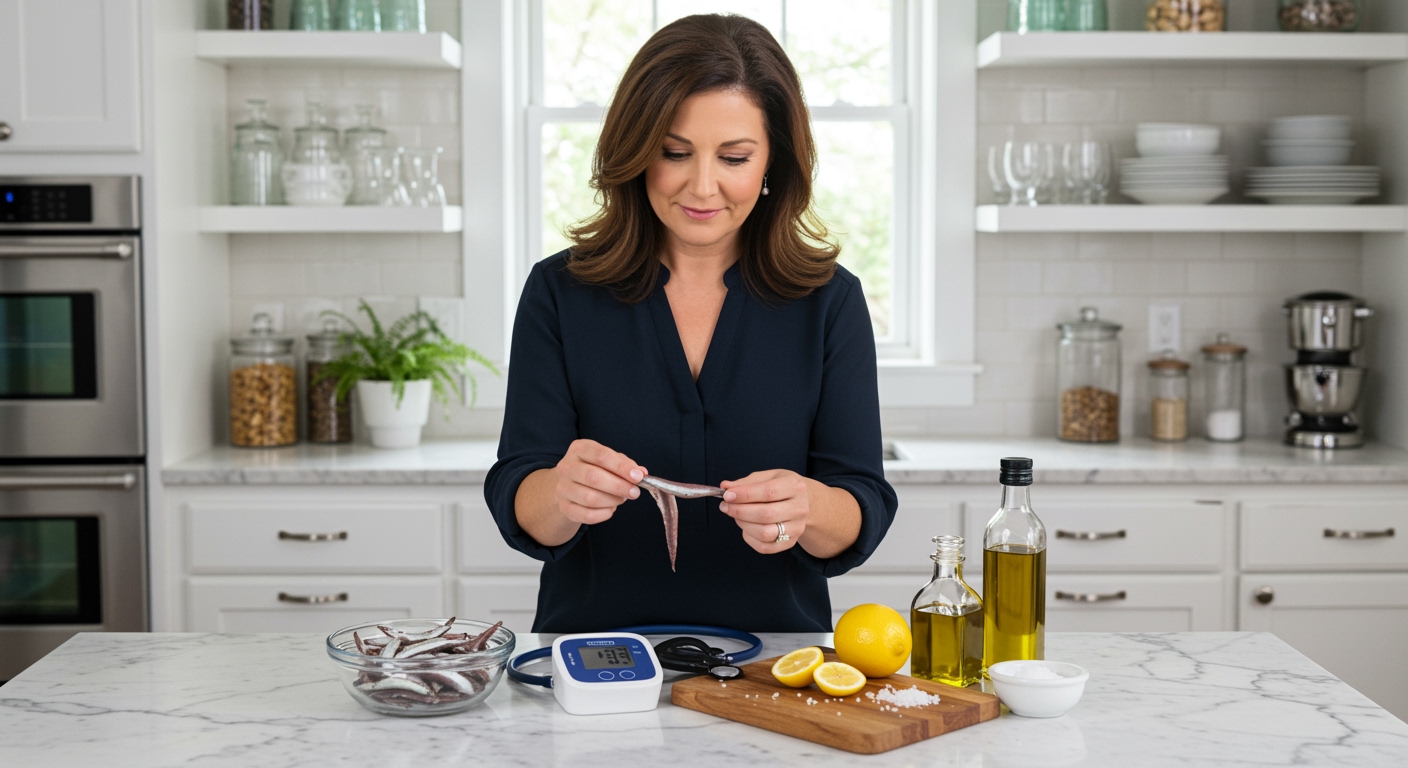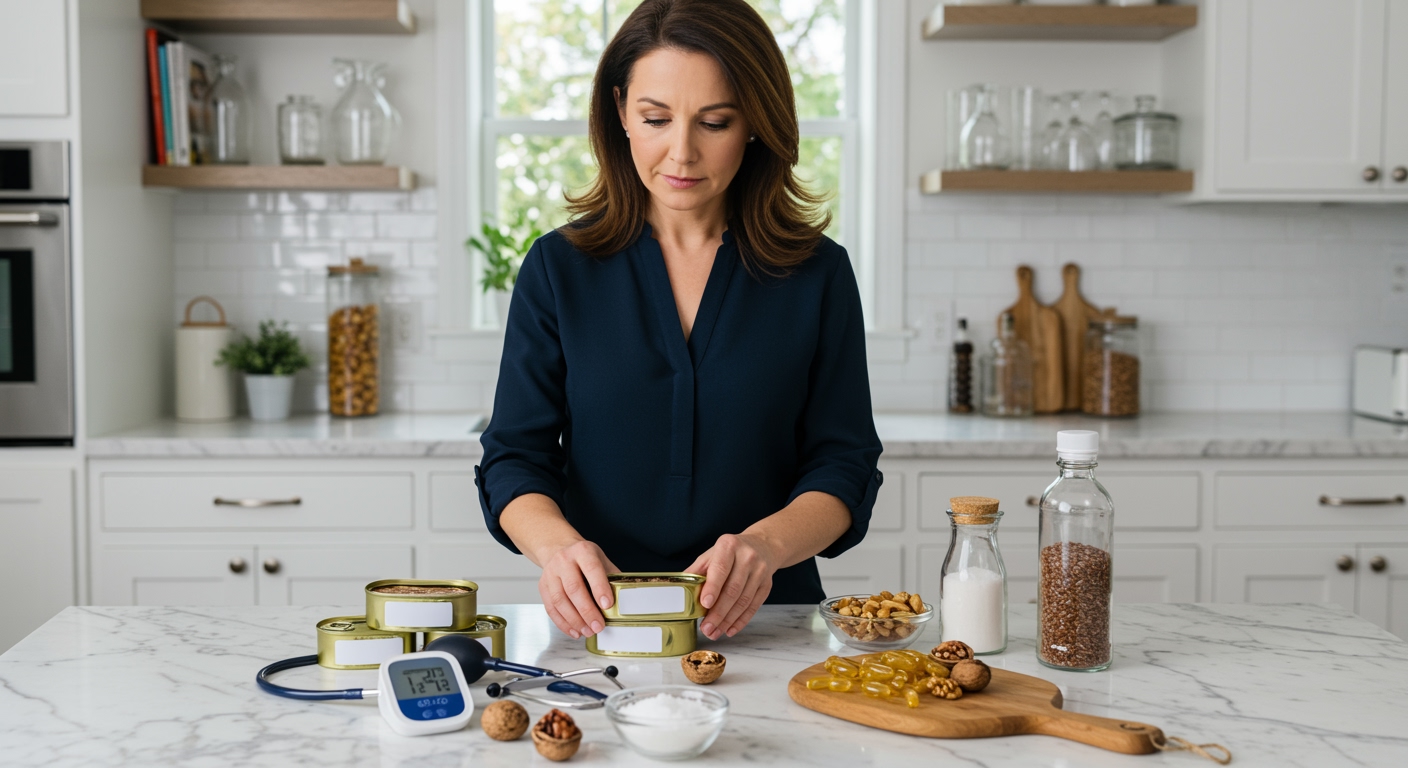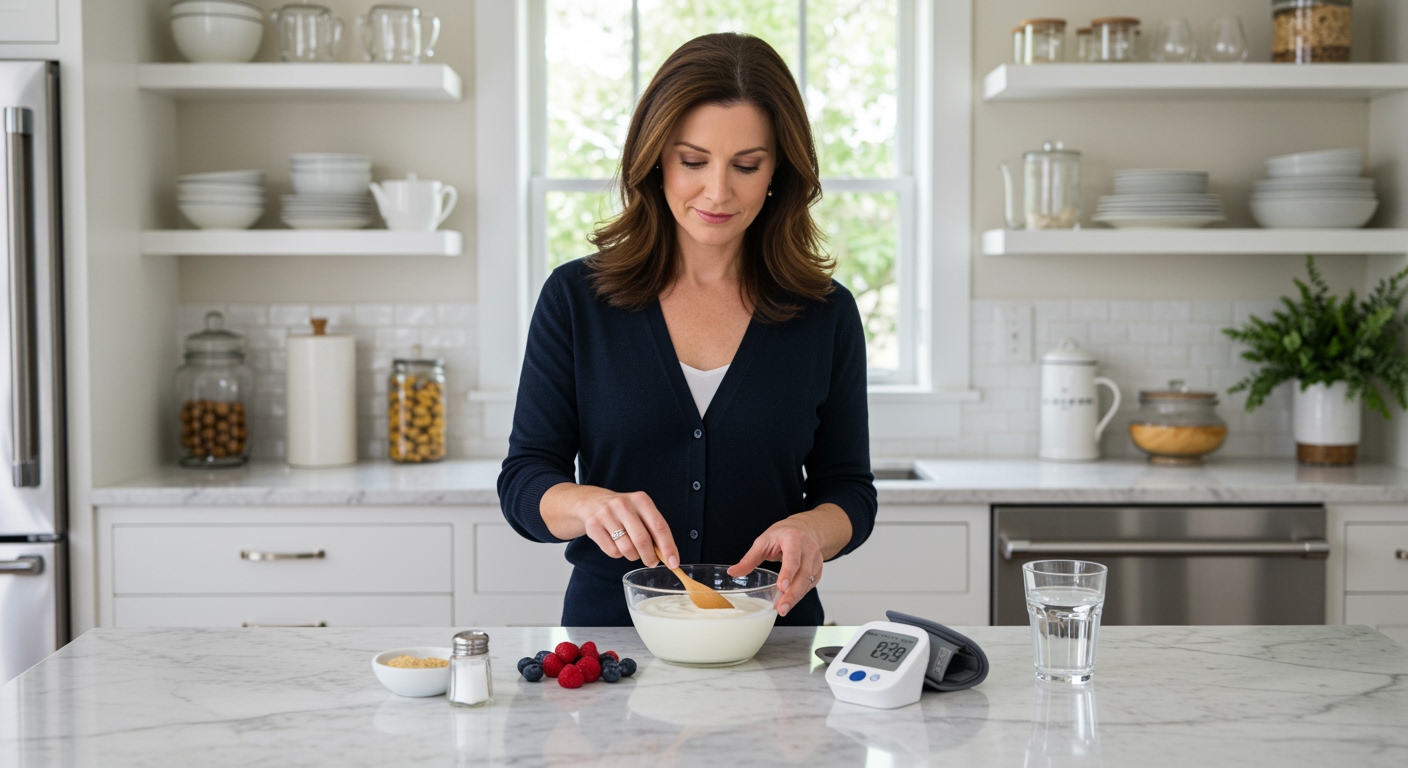✪ Key Takeaway: Vegetable juice can lower blood pressure, but only specific types like beetroot and celery juice work effectively.
Introduction
Your doctor just told you that your blood pressure readings are creeping up into dangerous territory.
You might be wondering if drinking vegetable juice could be your ticket to healthier numbers without relying solely on medication.
Hi, I’m Abdur, your nutrition coach and today I’m going to explain exactly which vegetable juices can lower your blood pressure and which ones are just expensive colored water.
Which Vegetable Juices Actually Lower Blood Pressure?
Not all vegetable juices are created equal when it comes to blood pressure management.
Beetroot juice stands out as the most powerful option for lowering blood pressure naturally.
Research shows that drinking 250ml of beetroot juice daily can reduce systolic blood pressure by 4-10 mmHg within just a few hours.
The nitrates in beetroot convert to nitric oxide in your body, which relaxes and widens your blood vessels.
Celery juice also demonstrates significant blood pressure lowering effects due to compounds called phthalides that help relax arterial muscles.
Tomato juice provides potassium and lycopene, both of which support healthy blood pressure levels when consumed regularly.
Leafy green juices made from spinach, kale, or Swiss chard deliver concentrated amounts of nitrates and magnesium that benefit cardiovascular health.
✪ Pro Tip: Drink beetroot juice 2-3 hours before measuring your blood pressure for maximum effect.
How Does Vegetable Juice Lower Blood Pressure?
The blood pressure lowering effects of vegetable juice work through several distinct biological pathways in your body.
Nitrate conversion represents the primary mechanism behind beetroot and leafy green juice effectiveness.
When you consume nitrate-rich vegetables, beneficial bacteria in your mouth convert these nitrates into nitrites.
Your stomach acid then transforms these nitrites into nitric oxide, a powerful molecule that signals your blood vessels to relax and expand.
Potassium from vegetable juices helps your kidneys excrete excess sodium, which reduces the volume of fluid in your blood vessels.
The antioxidants in colorful vegetables protect your blood vessel walls from damage and inflammation that can contribute to high blood pressure.
Magnesium found in green vegetable juices acts as a natural calcium channel blocker, helping your arterial muscles stay relaxed.
✪ Fact: Your blood pressure can drop within 30 minutes of drinking nitrate-rich vegetable juice.
What About Store-Bought Vegetable Juice?
Most commercial vegetable juices will disappoint you if you expect significant blood pressure benefits.
Sodium content in processed vegetable juices often cancels out any potential blood pressure lowering effects.
Many popular vegetable juice brands contain 400-700mg of sodium per serving, which can actually raise your blood pressure.
The pasteurization process used in commercial juice production destroys heat-sensitive compounds that contribute to cardiovascular benefits.
Added sugars in some vegetable juice blends can trigger inflammation and insulin resistance that negatively impact blood pressure.
Fresh, homemade vegetable juice provides significantly higher concentrations of active compounds compared to shelf-stable versions.
If you must buy commercial juice, choose low-sodium versions and check the ingredient list for added sugars or preservatives.
✪ Note: Look for vegetable juices with less than 140mg sodium per serving for blood pressure benefits.
How Much Vegetable Juice Should You Drink?
The optimal amount of vegetable juice for blood pressure management depends on the specific type you choose.
Beetroot juice shows maximum benefits at 250-500ml daily, which provides approximately 300-600mg of nitrates.
Start with smaller amounts like 125ml and gradually increase to assess your tolerance and response.
Celery juice can be consumed in larger quantities, with many people drinking 300-500ml on an empty stomach each morning.
Timing matters significantly for maximum effectiveness of vegetable juice consumption.
Drinking vegetable juice 2-3 hours before physical activity or stress can help prevent blood pressure spikes.
Consistency proves more important than large single doses, so aim for daily consumption rather than occasional large amounts.
✪ Pro Tip: Split your daily vegetable juice intake into two smaller servings for sustained blood pressure benefits.
Are There Any Risks With Vegetable Juice?
Vegetable juice consumption carries some potential risks that you should understand before making it part of your routine.
Blood sugar spikes can occur with vegetable juices that contain natural sugars, especially if you have diabetes or prediabetes.
Beetroot juice may temporarily turn your urine pink or red, which is harmless but can be alarming if unexpected.
Kidney stone formation risk increases with high oxalate vegetables like spinach when consumed in large juice quantities.
Some people experience digestive upset including bloating, gas, or diarrhea when starting vegetable juice consumption.
Drug interactions can occur if you take blood pressure medications, as vegetable juice may enhance their effects too much.
Always consult your healthcare provider before adding large amounts of vegetable juice to your diet, especially if you take medications.
✪ Note: Monitor your blood pressure closely when starting vegetable juice if you take hypertension medications.
The Bottom Line
Vegetable juice can indeed lower blood pressure, but your success depends entirely on choosing the right types and consuming them consistently.
Real food solutions work best when you understand the science behind them and apply that knowledge practically.
I would love to hear about your experiences with vegetable juice and blood pressure management, so please share your questions or results in the comments below.
References
At NutritionCrown, we use quality and credible sources to ensure our content is accurate and trustworthy. Below are the sources referenced in creating this article:





